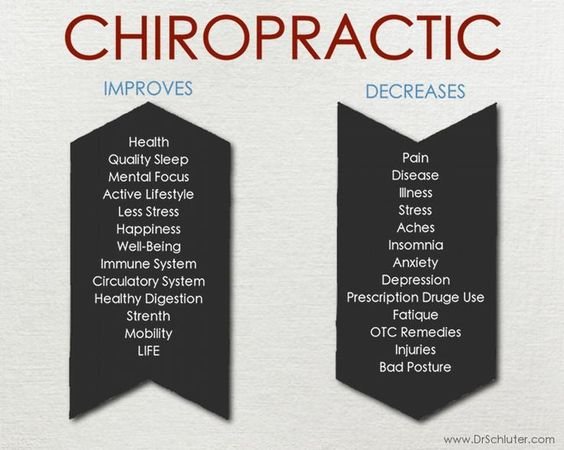A Novice'S Overview To Understanding Cervical Back Makeup And Its Impact On Neck Pain
A Novice'S Overview To Understanding Cervical Back Makeup And Its Impact On Neck Pain
Blog Article
Write-Up By-Ellis Ortega
As you sit there, perhaps feeling an ache of pain in your neck, have you ever thought the elaborate frameworks that comprise your cervical spinal column? Comprehending just how the vertebrae, discs, and nerves engage in this area can clarify why neck pain can be so relentless and debilitating. By checking out the structures of cervical spine composition and its effects for neck pain, you may uncover understandings that might help you better take care of or even protect against those bothersome pains and tightness.
Significance of Cervical Back Composition
Understanding the value of cervical back makeup is vital in understanding the intricacies of neck discomfort. The cervical spine, composed of 7 vertebrae, plays an essential role in sustaining the head's weight and helping with movement. It houses the spinal cord, which transmits messages between the mind and the rest of the body. Additionally, the cervical back secures these delicate nerves and supplies architectural stability to the neck area.
Moreover, the cervical spinal column permits a variety of movement, enabling you to turn your head, tilt it laterally, and nod backwards and forwards. Each vertebra has particular functions and attributes that contribute to the general adaptability and security of the neck. Recognizing the makeup of the cervical spine can aid you comprehend how injuries or degenerative conditions in this area can lead to neck pain and related symptoms.
Components of the Cervical Spine
When checking out the parts of the cervical spinal column, it becomes obvious that its structure consists of seven vertebrae, identified C1 to C7, piled on top of each other. These vertebrae are important as they give assistance to the head and allow for a wide variety of activity in the neck.
The upper vertebra, C1, likewise referred to as the atlas, sustains the skull and makes it possible for the sluggish activity of the head. Straight below C1 is the C2 vertebra, known as the axis, which enables the rotation of the head back and forth.
Moving down the cervical spine, each vertebra plays a crucial role in maintaining the spinal column's versatility and stability. Between each vertebra are intervertebral discs that work as cushions, taking in shock and protecting against the vertebrae from rubbing versus each other.
Understanding the components of the cervical spinal column is important in understanding just how the spine functions and its prospective influence on neck discomfort.
Relationship In Between Spine and Neck Pain
The connection between the back and neck discomfort is a crucial aspect of understanding musculoskeletal pain. Your back, particularly the cervical region, plays a substantial role in supporting your head and allowing for different motions. When there's a concern in the back, such as a herniated disc or misalignment, it can directly influence the surrounding tissues and nerves, bring about neck pain. Poor stance, injuries, and degenerative problems can all add to spine-related neck discomfort.
It's vital to acknowledge that the spinal column and neck feature as a natural unit. Any kind of problems or inequalities in the back can cause strain on the neck muscles and tendons, resulting in pain and stiffness.
click this over here now that you have a standard understanding of cervical spinal column makeup and its connection to neck discomfort, you can much better appreciate the intricacies of your own neck discomfort. Remember, https://health.usnews.com/health-care/for-better/articles/common-causes-of-low-back-pain of your cervical back plays a vital role in sustaining your head and promoting motion, so it is very important to deal with it with proper posture, exercise, and routine check-ups with a health care professional. Keep informed and aggressive concerning your spinal column wellness to avoid and handle neck discomfort properly.
